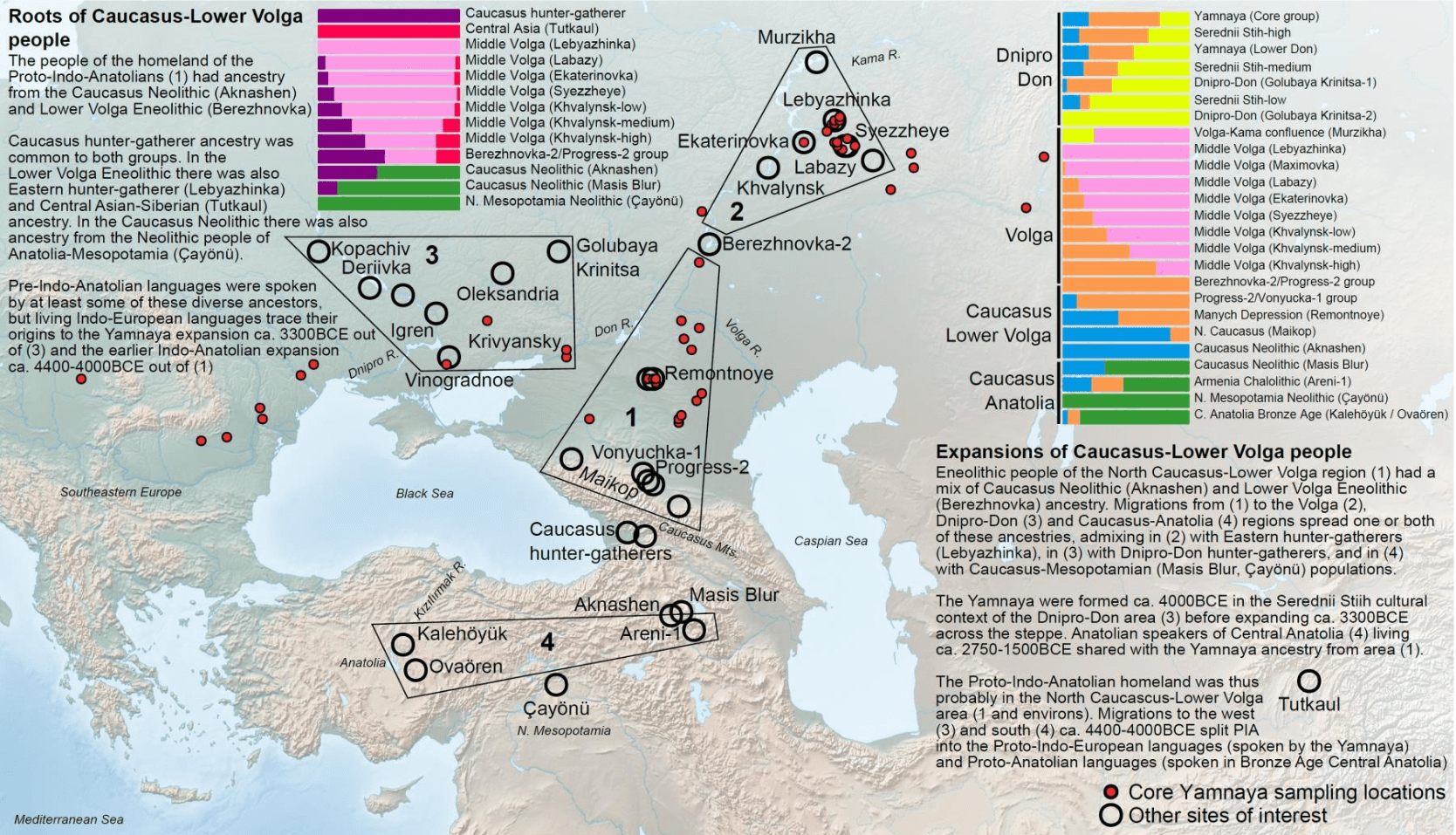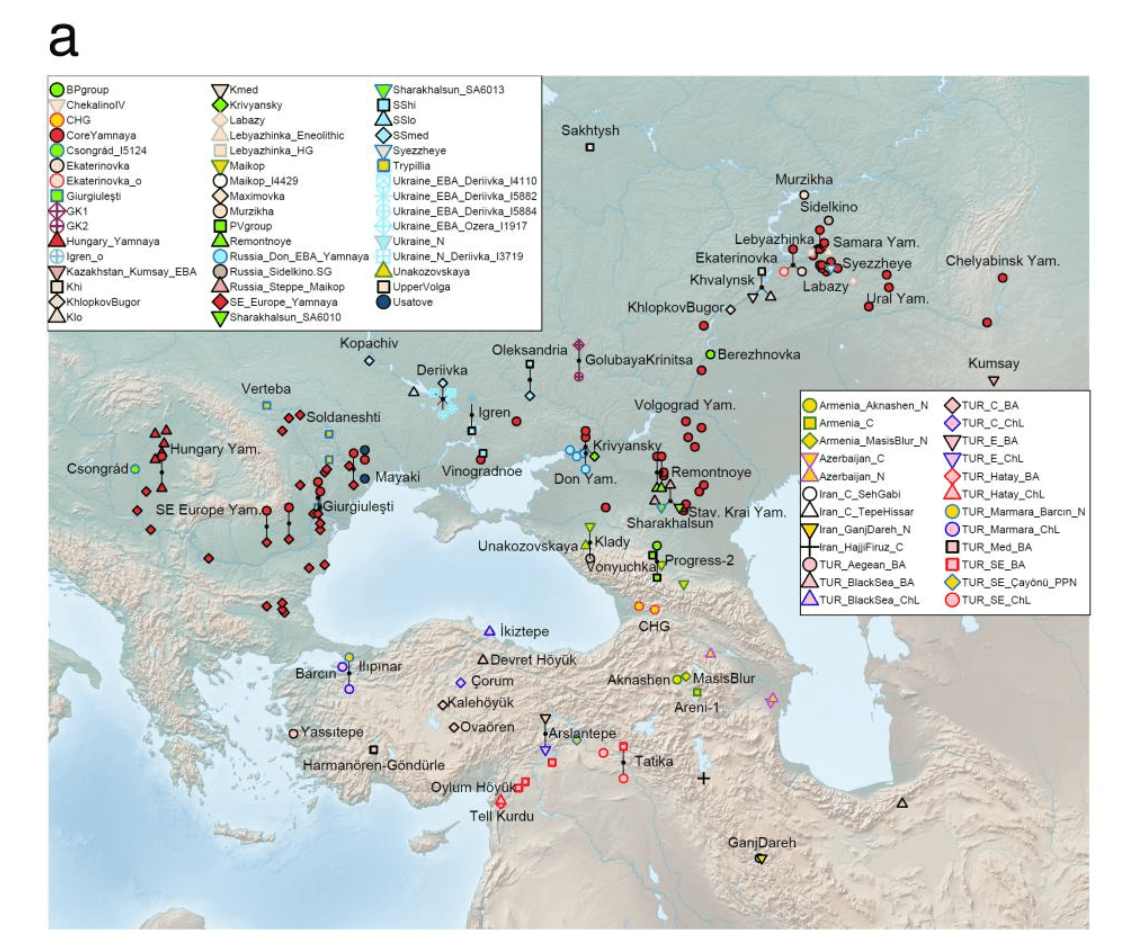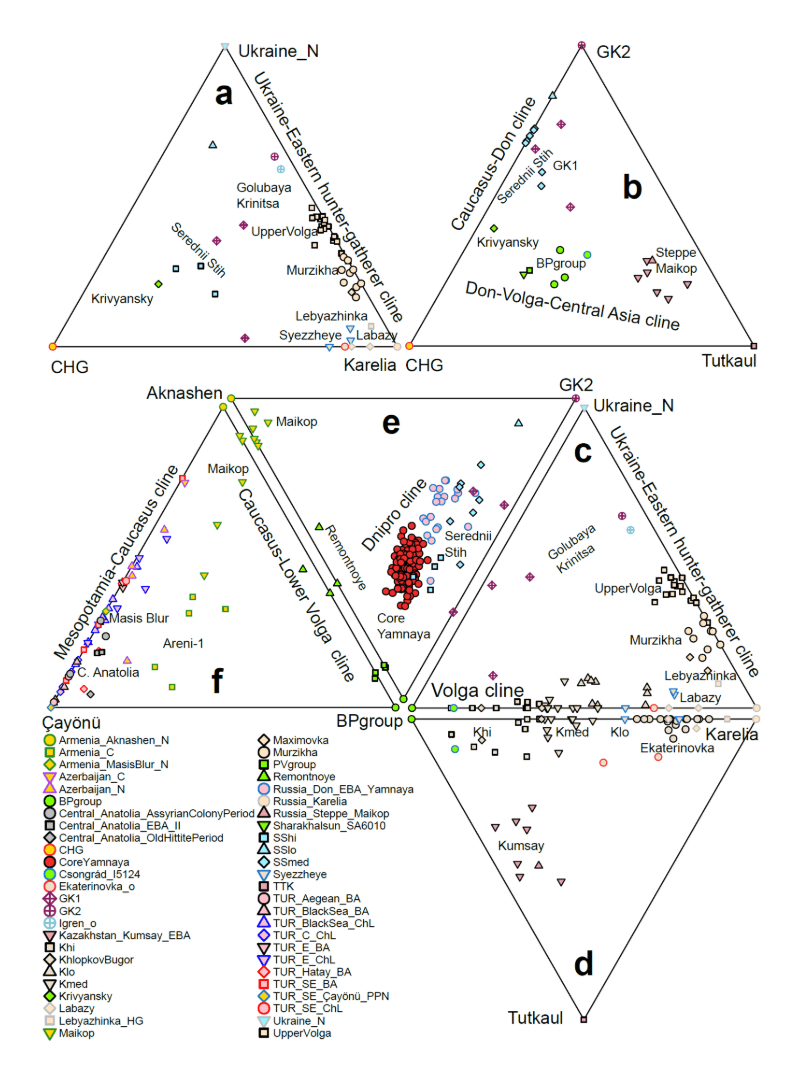In the fast-paced world of scientific discovery, the last two decades have seen a remarkable acceleration in research related to the Indo-European question. This surge in interest and innovation has significantly enhanced our understanding of one of the most intriguing puzzles in human history: the origins and expansions of the Indo-European peoples. The key to these advancements lies in the harmonious integration of three pivotal sciences—archaeology, genetics, and linguistics. Together, these disciplines have begun to weave a more coherent narrative of the past, shedding light on the complex interplay of human migration, language development, and cultural transformations.
Unraveling the Mysteries of the Indo-Europeans Through Multidisciplinary Research
The journey through these intertwined realms gained substantial momentum in 2022 with a groundbreaking study that identified a mysterious "Caucasian link component" between the Steppe and Anatolia. This research, published by Science, highlighted the genetic and cultural bridges that connected these regions, suggesting a pivotal role for the Caucasus in the split of the proto-Indo-Anatolian language into the distinct Anatolian and Indo-European branches. The findings not only deepened our understanding of linguistic divergence but also emphasized the genetic underpinnings that accompanied these historical developments.
Building on this foundation, 2023 ushered in another significant linguistic study that further explored the "Caucasian factor," integrating it with both the steppe migrations and the agricultural revolution. This linguistic research pushed the timeline of the proto-language back to 6,000 BC, providing a vital clue to the timing of the Indo-Iranian split around 3,500 BC. By connecting genetic data with archaeological evidence and linguistic patterns, this study offered a more nuanced view of how ancient peoples interacted and evolved over millennia.
Now, in 2024, we will continue this exciting exploration with this new research that delves deeper into the Caucasus-Lower Volga (CLV) Cline. This study not only builds upon the previous findings but also expands our understanding of how these dynamic interactions between diverse populations helped shape the genetic and cultural landscapes of Eurasia. By examining a broader array of ancient DNA and correlating it with both material culture and linguistic distributions, we are beginning to see a clearer picture of how the Indo-Europeans spread across continents.
(A) Indo-European languages covered in the IE-CoR database: 109 modern languages (round dots) and 52 nonmodern languages (diamonds). An interactive version is available at https://iecor.clld.org/languages. Colors distinguish the 12 main clades of Indo-European (other potential clades went extinct without sufficient written record). (B to D) Maps showing alternative hypotheses for the first stages of Indo-European expansion. The hypothesis of an origin in the western steppe (B) contrasts with the hypothesis of an earlier spread with farming (C). The map in (D) shows a hybrid of parts of both hypotheses. Date estimates for the start of divergence within each main clade are given in years before present. Language labels on the hypothesis maps reflect recent end points, not necessarily earlier movements. RESEARCH ARTICLE
The newest research on the Caucasus-Lower Volga (CLV) Cline shows how important this genetic and cultural corridor was to the development of Eurasian populations. It had a big effect on the Yamnaya culture and the spread of Indo-European languages. Building on the foundations of previous studies, the 2024 research by Lazaridis et al. reveals significant advancements in understanding the genetic origins and linguistic branches of the Indo-European family.
Genetic Continuity and Admixture in the Caucasus-Lower Volga Region
This study meticulously analyzed ancient DNA from a diverse group of 428 individuals, enhancing our understanding of the genetic landscape during the Eneolithic period. The research identifies three significant genetic clines: the Caucasus-Lower Volga (CLV) Cline, the Volga Cline, and the Dnipro Cline, each contributing uniquely to the genetic makeup of the Yamnaya culture.
The CLV Cline, in particular, shows a complex admixture pattern with significant contributions from both Caucasus hunter-gatherers (CHG) and Eastern hunter-gatherers (EHG). This mix facilitated the unique genetic profile that would define the Yamnaya ancestry, which was crucial for their later migrations across Europe and Asia.
Map with analyzed sites.
Linguistic Implications of the Genetic Findings
The study's findings also shed light on the linguistic landscape of the region. The genetic makeup of the CLV population supports theories of a proto-Indo-Anatolian language spreading through these populations before branching into the well-known Anatolian and Indo-European languages around 4000–4400 BCE. The evidence suggests that the linguistic split was likely facilitated by the genetic and cultural exchanges occurring in the CLV region, spurred by extensive mobility and interaction across these communities.
Cultural and Archaeological Correlations
Archaeologically, the research aligns with the material culture transitions observed across the Eurasian steppes. The presence of kurgan burials, a hallmark of the Yamnaya culture, across the CLV area supports a shared cultural practice that may have spread through both migration and cultural diffusion. This practice, along with genetic evidence of widespread mixing, points to a time of intense cultural and genetic exchange that happened before and may have helped the later Yamnaya expansions.
Conclusions and Future Directions
The 2024 study not only underscores the genetic and cultural complexity of the Caucasus-Lower Volga region but also highlights its central role in the formation of early Indo-European cultures and languages. By providing a clearer picture of the genetic and cultural exchanges that shaped this area, the research contributes profoundly to our understanding of Eurasian prehistory.
As we continue to unravel the intricate tapestry of ancient human migration and cultural exchange, further research in this region will undoubtedly provide even deeper insights into the origins of modern populations and the languages they speak today. The ongoing exploration of ancient DNA, coupled with archaeological discoveries, promises to further illuminate the interconnected history of these ancient peoples.
The three Eneolithic clines in the context of Eneolithic and Bronze Age admixture.
This multidisciplinary approach is not just enhancing our comparative studies; it is revolutionizing them. It allows us to synthesize diverse data sets into a cohesive framework, offering insights that were previously obscured by the limitations of single-discipline studies. As we stand on the shoulders of these pioneering research efforts, we move closer to unraveling the complex genetic tapestry and linguistic heritage of the Indo-European peoples. The journey through time, facilitated by the integration of archaeology, genetics, and linguistics, continues to illuminate the paths tread by our ancient ancestors, guiding us through the mists of prehistory into the light of understanding.










